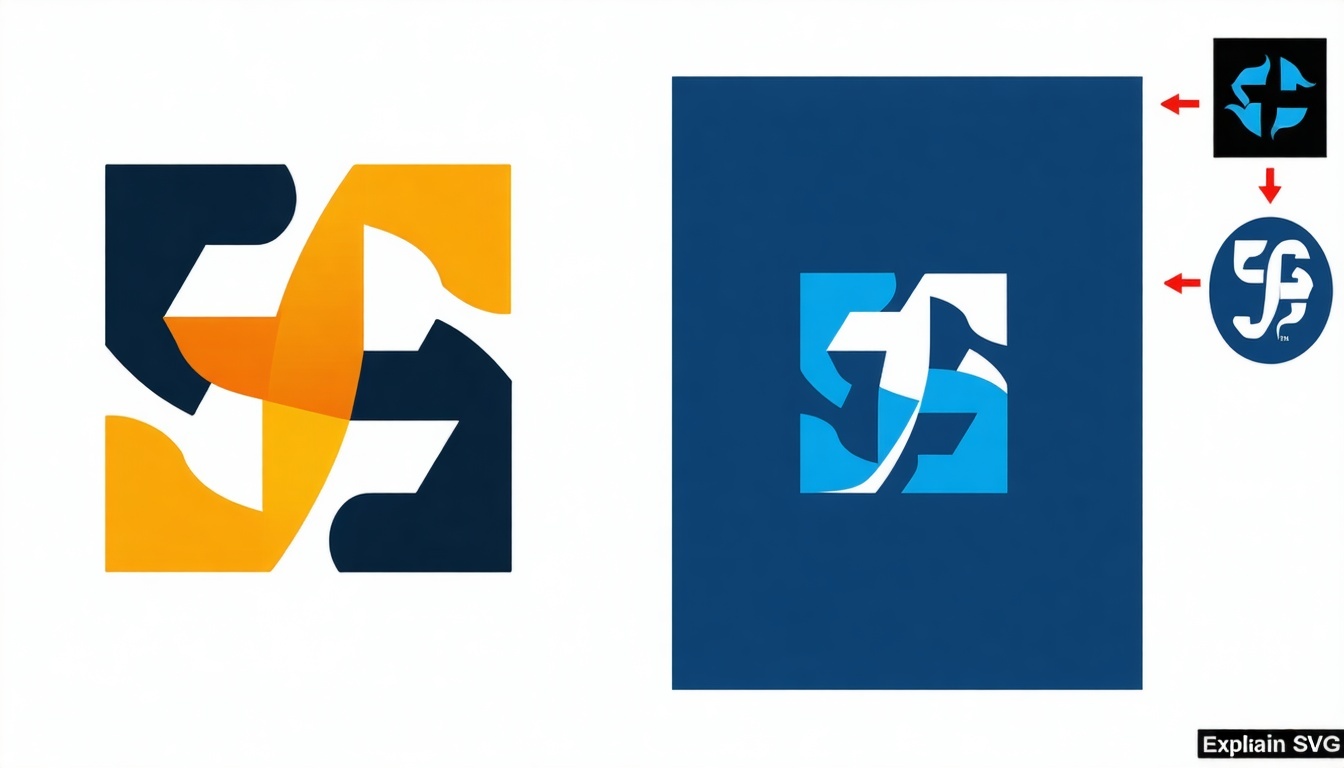
Organization Validation for VMC: Documentation Requirements Explained
To obtain a Verified Mark Certificate (VMC) and display your brand logo in email inboxes, your organization must pass a thorough validation process.
Why Organization Validation Matters for VMC
Organization validation is a critical step in the VMC process, ensuring that only legitimate businesses can display their logos in email clients. Certificate Authorities (CAs) use this process to verify your company’s legal existence, identity, and authority to use the trademarked logo, protecting against fraud and misuse.
Core Documentation Requirements for Organization Validation
- Business Registration Documents: Provide official documents proving your organization’s legal existence, such as a certificate of incorporation, business license, or registration with a government authority.
- Active Status Verification: The CA will check that your business is active and in good standing. This may require recent annual reports, tax filings, or a certificate of good standing from your local authority.
- Physical Address Confirmation: Submit proof of your organization’s physical address, such as a recent utility bill, bank statement, or government correspondence. The address must match your business registration records.
- Authorized Signatory Identification: Identify the individual authorized to request the VMC on behalf of your organization. This may require a notarized letter of authorization, board resolution, or other official documentation.
- Domain Ownership Proof: Demonstrate control of the domain for which the VMC is being requested. This is typically done via email verification, DNS TXT record, or uploading a file to your website as instructed by the CA.
- Trademark Documentation: Provide a certificate or official record of your registered trademark, ensuring the logo matches the trademark exactly.
Additional Documentation That May Be Requested
- Organization Chart or Structure: For complex organizations, a chart showing parent, subsidiary, or affiliate relationships may be required, especially if the trademark is owned by a different entity.
- License Agreements: If your organization is not the direct trademark owner, submit a formal license agreement granting rights to use the mark for VMC purposes.
- Quality Control Evidence: For licensed marks, include documentation showing the trademark owner’s oversight and quality control provisions.
Common Pitfalls and How to Avoid Them
- Mismatched Information: Ensure all submitted documents use the same legal name and address as your trademark and domain records.
- Expired or Incomplete Documents: Only provide current, official documents—outdated or missing paperwork can delay approval.
- Unclear Authorization: Clearly identify and document the individual authorized to act for your organization in the VMC process.
Final Steps Before Submitting Your VMC Application
- Double-check all documentation: Review for accuracy, consistency, and completeness before submission.
- Ensure matching records: Confirm your business registration, trademark, and domain records all match.
- Prepare for additional requests: Be ready to respond promptly to any further information requests from the Certificate Authority.
Need help preparing your organization’s documentation for VMC?
Contact our support agents for expert guidance on validation, compliance, and certificate requirements.
Find more answers in our VMC and BIMI FAQ section.
Accurate, up-to-date documentation is the key to fast, successful VMC organization validation—double-check every detail before you apply.



